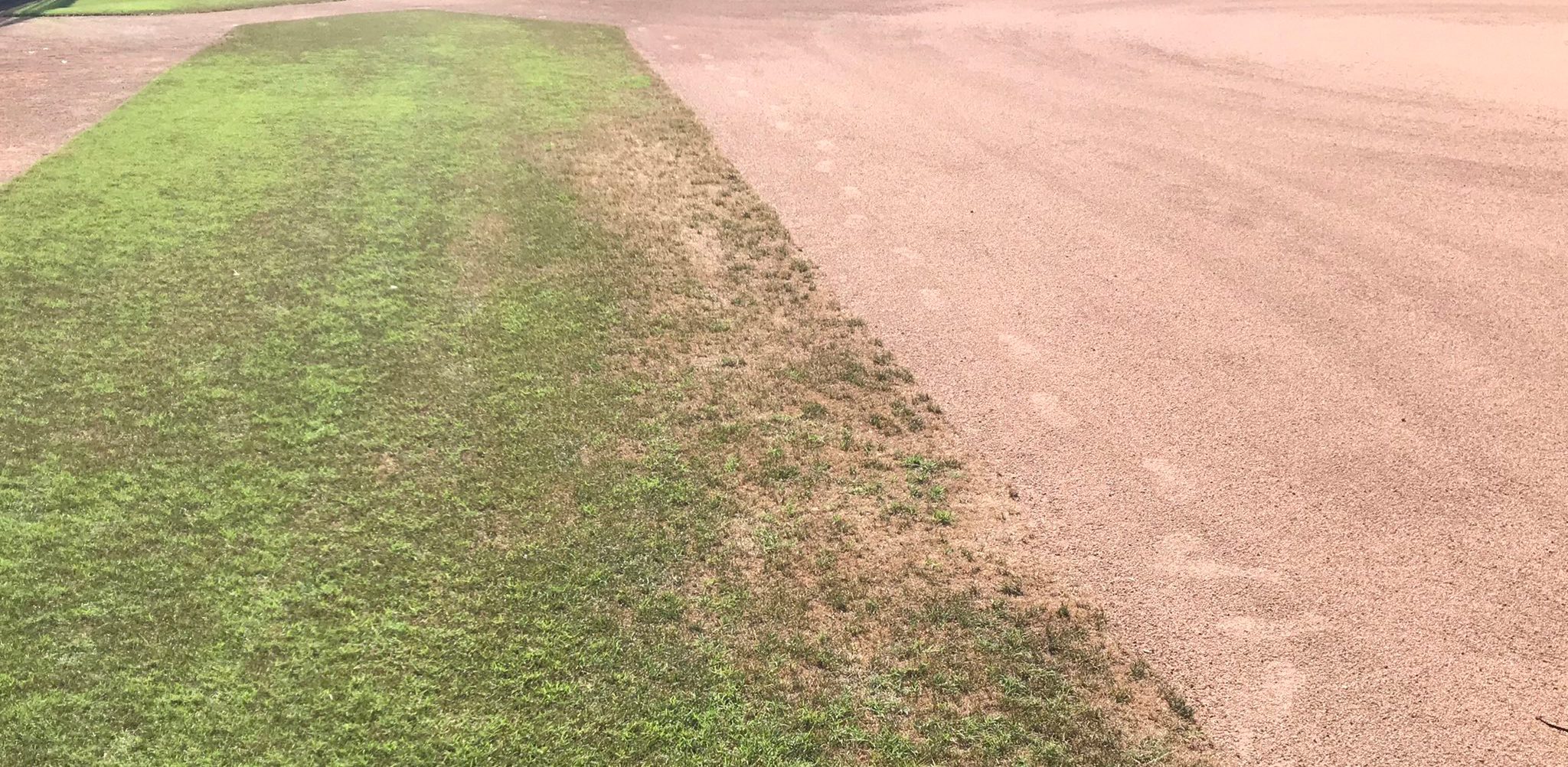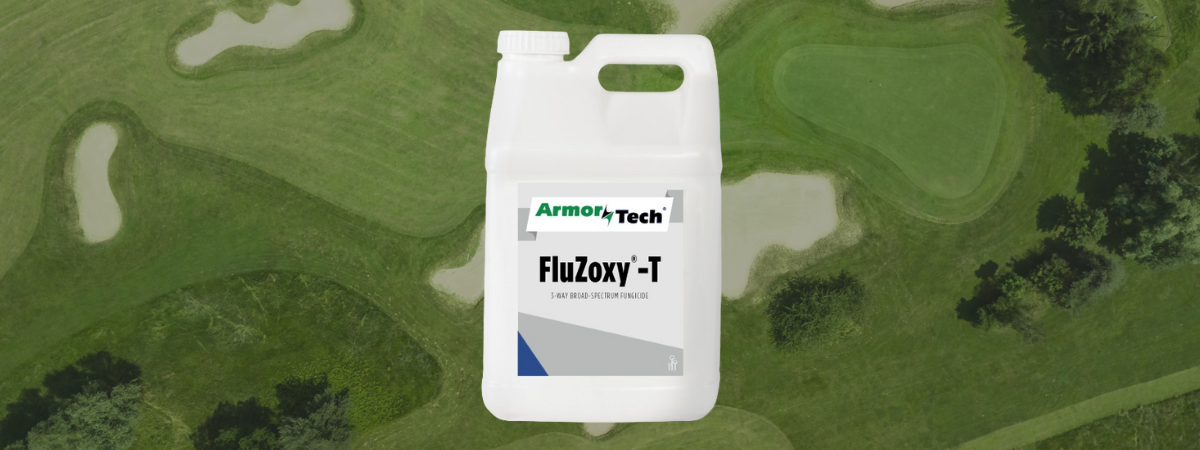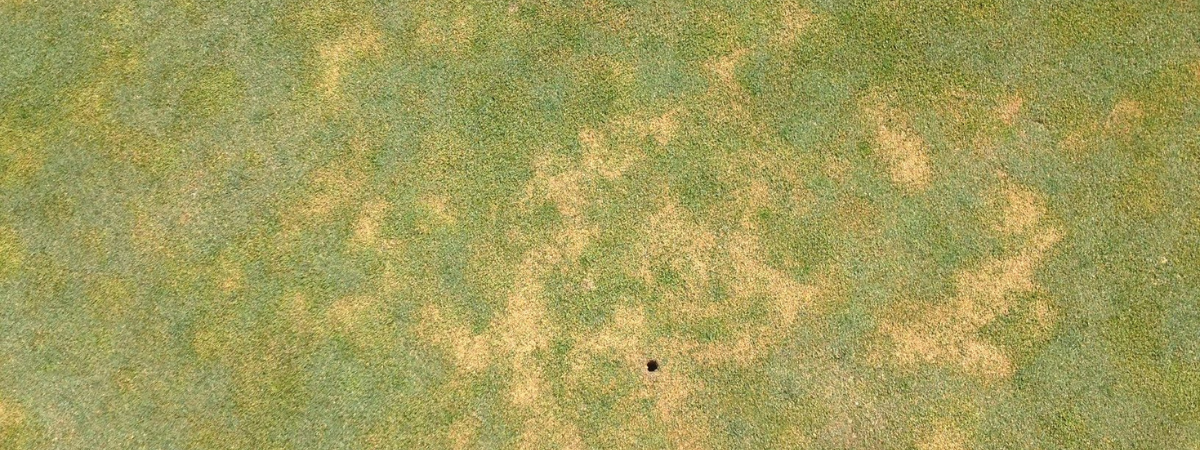Over the past 10 years, I have been contacted many times about turfgrass issues on sports fields, parks, and even home lawns by people looking for help from an expert. Because no experts were available, these facility managers, coaches, and homeowners ended up working with me. First, I understand best practices and know some of what I advocate is different than “ideal”. I have worked primarily on projects in the Northwest with serious budget and time constraints.
To make things even more challenging, many of the projects I have assisted with in my area are on municipal grounds in the Portland, Oregon, and Seattle, Washington area. I have been on a soccer field with a backpack sprayer filled with organic soil conditioner in the Portland area and had people stop their cars, walk several blocks, and demand to see the SDS sheet for whatever I was spraying. One time a person walking their dog on the outfield (about ten yards from the ‘no dogs’ sign) of a baseball field I was working on, ran up and tore the tag off a bag of seed I had staged for overseeding the infield. The person studied it and then said they would be Googling the substance on the tag called ‘inert’ and reporting their findings to the authorities.
The seeding strategies I am talking about today are focused on low-budget, high-sensitivity projects in heavy traffic areas that have been neglected to the point where someone would ask for my help.
- Start with a soil test. I am surprised how many times a facility manager has asked me what I am doing when I pull out the soil probe. Often, I do not need to take the samples to the lab because the soil issues are so obvious. Usually, the soil is compacted or a soupy mess. The pH is bad and what grass remains standing is hungry.
- One-shot deal. The less attention you draw, as well as the fewer bags and sprayers on a project site, the better. I like to use turf seed coated with a product like XCD coating. I make sure the additives have been registered for my area and have the MSDS sheets on site. Sometimes the seed is coated to look like uncoated seed or a shade of green to blend in with the grass which leads to fewer questions. In order to take fewer passes, I like to use perennial ryegrass with a little bluegrass blended into the mix for my region. Applying seed prior to practices is a great way to keep sports fields looking good.
- Seed then aerate soil. Heavy traffic, compacted soil has no airflow. You can see from the results of a soil test when nutrients and water cannot circulate through soils. I apply (actually over-apply) the coated seed and then aerate the seed into the soil. If the sick turf cannot get the nutrients it needs from the soil, your new planting won’t magically take. Quick warning: if the area you are working has been neglected for many years, the aeration can bring up a lot of poa seeds. Try to warn the facility manager and they can bag just one time per year. Make sure they bag off that first poa flush. Leave your soil cores and lightly topdress the new seeding if possible.
- Raise the mower. If you are working on a sports field, I understand the mowing height matters. If the heavily trafficked area is out of play, try to get that mowing height up. Taller grass has deeper roots. Even raising the deck prior to high temperatures to get through an extreme heat event helps.
- Change watering practices. New seeding needs to be kept moist. However, once the new planting comes on, water less frequently but for longer periods. This will help the good grasses thrive and make life tough on the unwanted grasses.
Sam Cable
Pure Seed Sales Director












